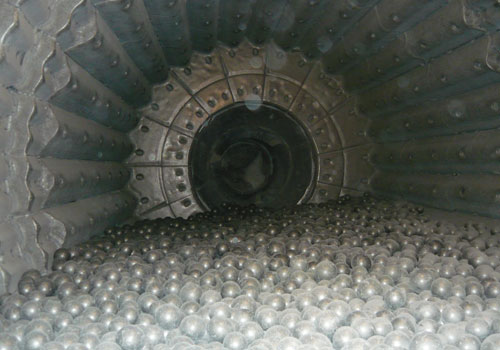
What is Grinding Aid
GRINDING AIDS to improve performance and promote cost efficiency of cement manufacture.
- Used as per permitted by local Cement Standards.
- Formulated chemical products.
- Usually in liquid form.
- Used as per permitted by local Cement Standards.
between 0.01% and 0.30% - Usually added to the mill fresh feed (clinker conveyor belt) or directly inside the mill.
Grinding Aids as per EN 197
- Referenced as a constituent in Clause 5.5 – Additives of EN 197-1.
- Additives for the purpose of EN 197-1 are constituents not covered in 5.2 to 5.4 which are added to improve the manufacture or the properties of the cement.
- The total quantity of additives shall not exceed 1.0% by mass of the cement (except for pigments). The quantity of organic additives on a dry basis shall not exceed 0.5% by mass of cement.
- These additives shall not promote corrosion of the reinforcement or impair the properties of the cement or of the concrete or mortar made from the cement.
- When admixtures for concrete, mortar or grouts conforming to the EN 934 series are used in cement the standard notation of the admixture shall be declared on bags or delivery documents.
Benefits of using Cement Grinding Aids
- Reduce Coating and Reduce Pack-set.
- Narrower Cement PSD.
- Increases Mill Output, by 5 - 30%.
- Increase Clinker Substitution, by 2-8%.
- Increases 1 day strength, 10-40% or say 2 - 6 MPa.
- Increases 28 day strength, 5-20% or say 2 - 10 MPa.
- Modifies Setting Time (Accelerate/Retard), by 15-120 minutes.
- Reduce water demand (NC), by 1-5% & increases flowability.
*Special Tailor-made products can be also made

